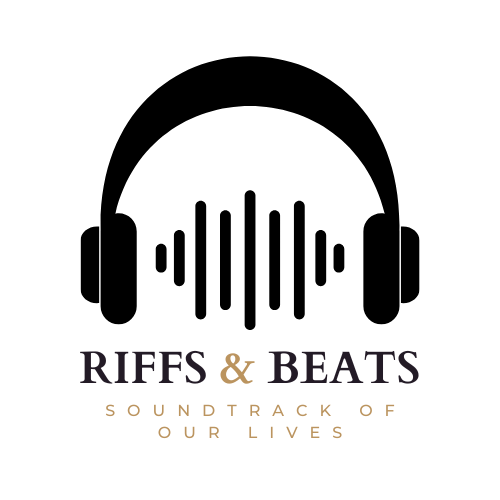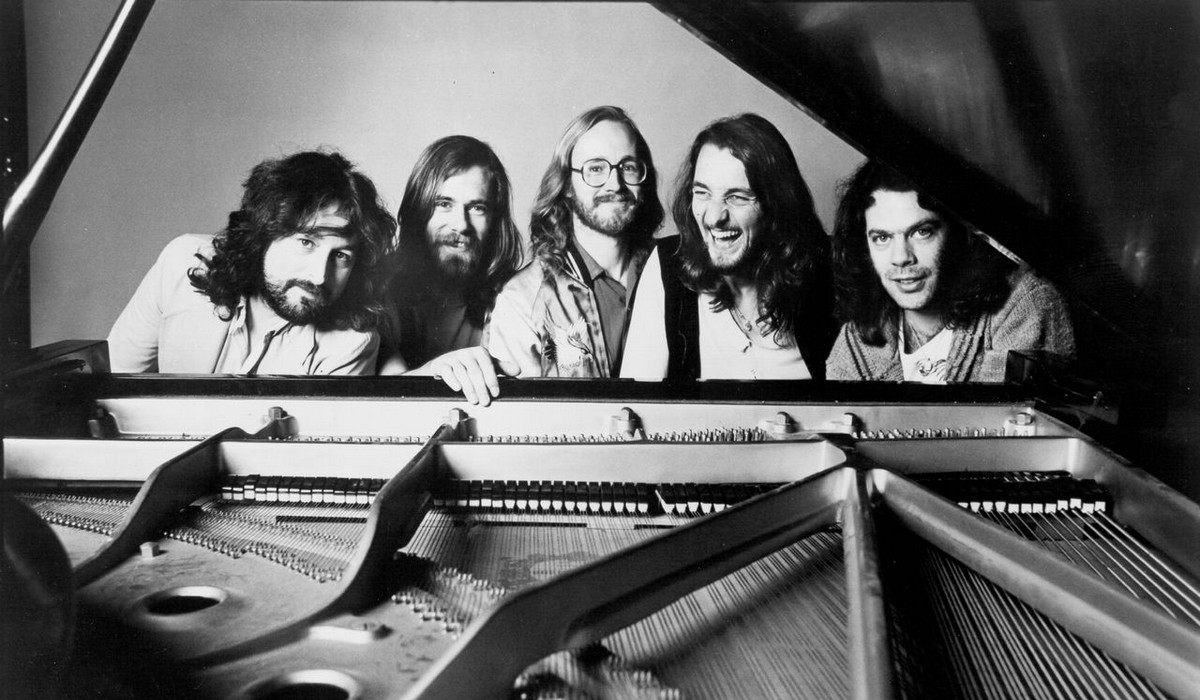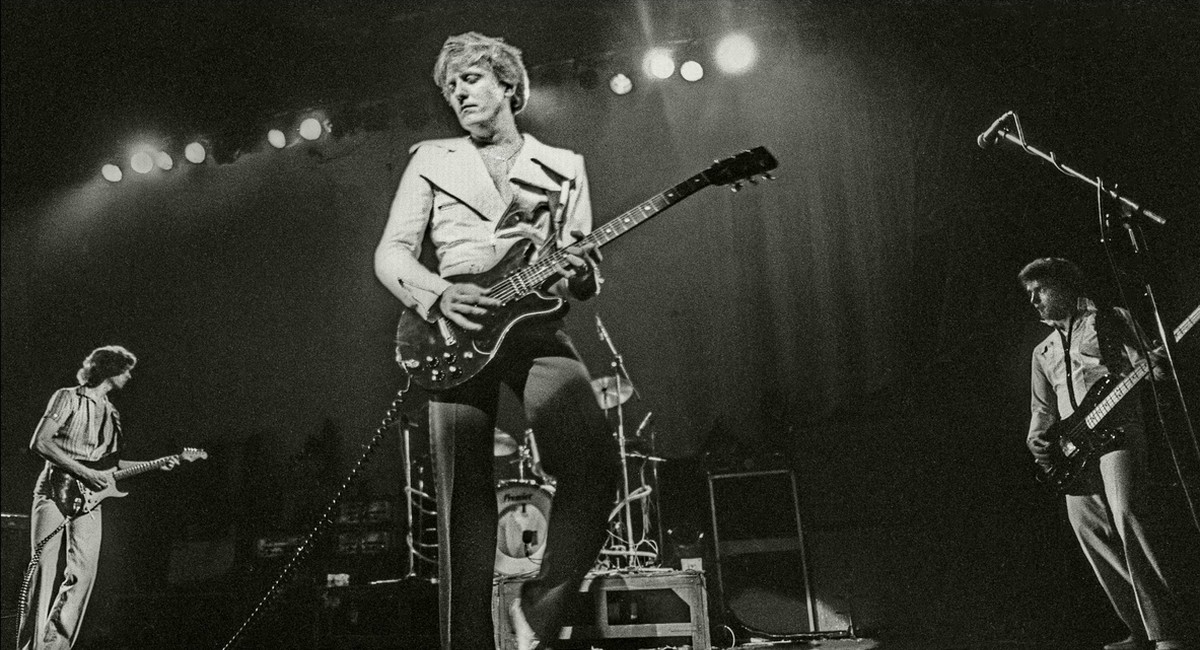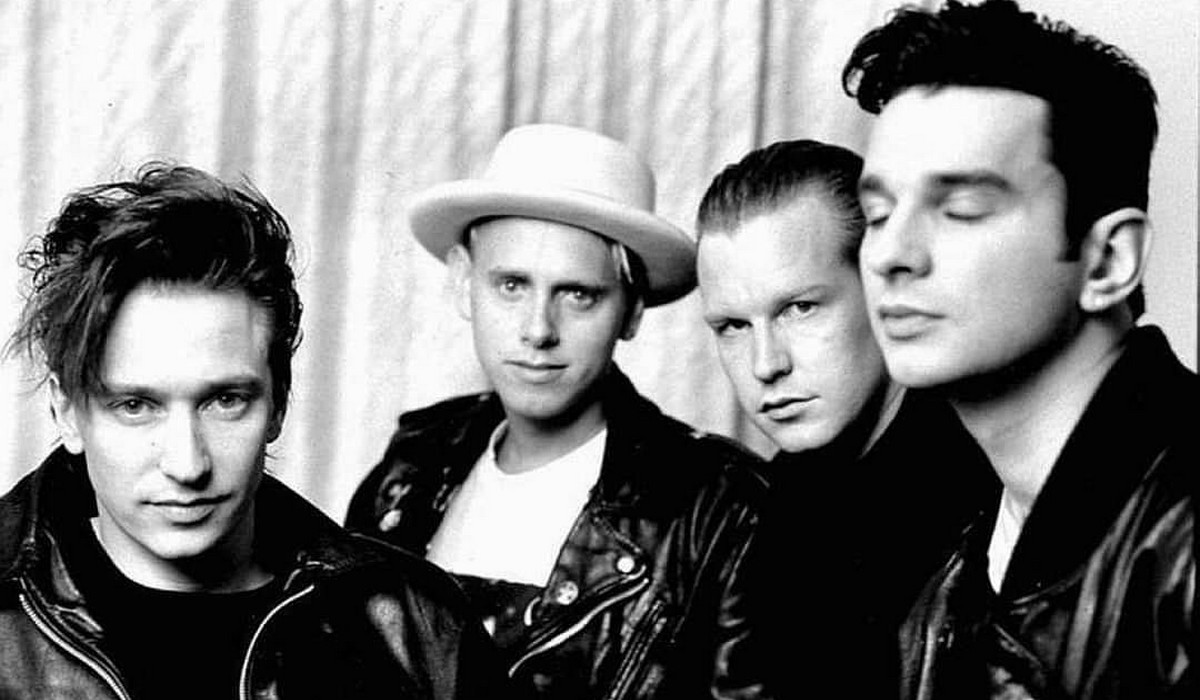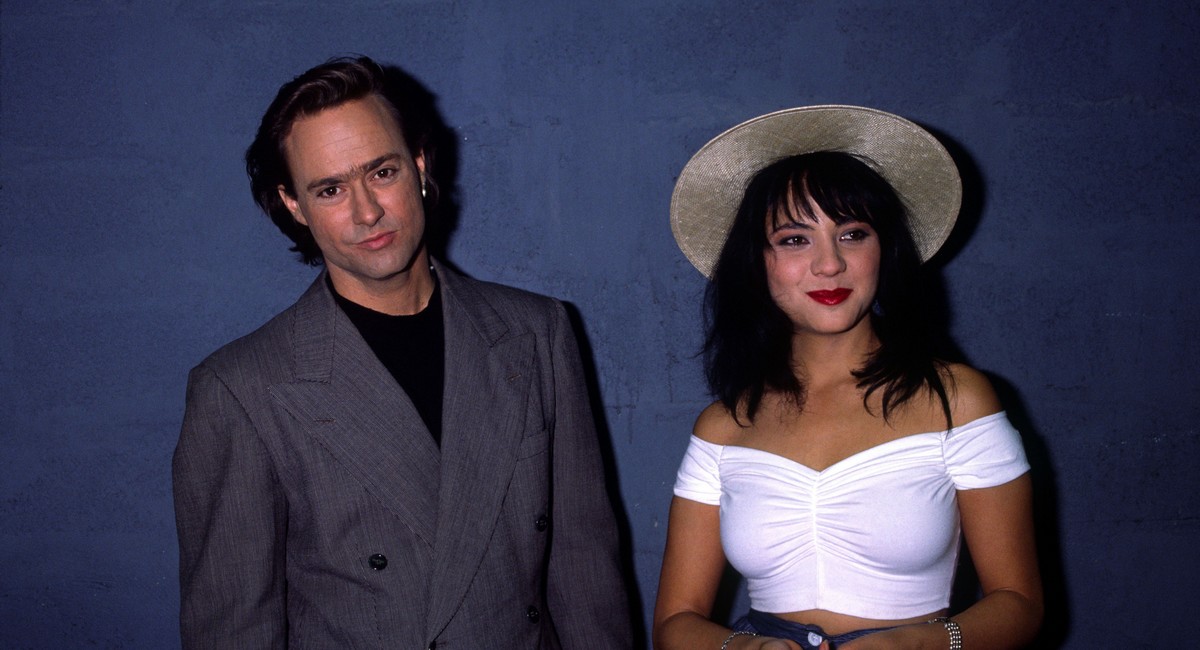From algorithms to FM anthems
It started with a bell rather than with a bang. Like an extraterrestrial signal, the Yamaha DX7’s crystalline chime arose in 1983, a cold breeze slipping through the window of rock’s analogue warmth. Where Moogs had wheezed and Arps had shimmered, the DX7 clicked and sparkled with an unearthly precision. Born from the unusual combination of Japanese engineering and Stanford University’s frequency modulation synthesis research, this device was never intended to sound like the past. It was molded to redefine it.
There was neither a spectacular marketing event nor legendary unveiling. Within months, though, the DX7 had penetrated the pop and rock scene like a viral meme before memes even existed. It did not request authorization. It suddenly emerged on Let’s Hear It for the Boy, Careless Whisper, Take On Me. I am me. You missed it. You sensed it moving under the skin of a generation. Its presets, most notably the “E.PIANO 1”, became default emotions, covering ballads and dancing across dance floors without ever breaking a sweat.
Brian Eno broke it as much as he used it. Like a surgeon possessed, he plunged into its digital entrails, foregoing the slick presets in favor of crude, fractured textures that no one else could see. Prince meanwhile slipped it into Purple Rain like it had always lived there, a synthetic gospel light pulsating through the storm. Tina Turner’s comeback relied on it. Phil Collins did also. Herbie Hancock then twisted it into the DNA of jazz like an unusual new chromosome. It was the feeling of programming it rather than simply the sound that made it unique. The interface was notoriously opaque, as if Yamaha challenged artists to demonstrate their value. Menu diving developed into a ritualistic experience. With hope and despair both, buttons were pushed. Those who mastered it became initiates of a new digital priesthood. It was not friendly. It was potent. It knew it too.

The DX7 was never designed for warmth. Born of code, logic, and mathematics, this tool’s soul had to be carved out via discipline. But visionary hands turned it into something human. vulnerable Legendary. Its sound was not a mimic of reality. It was a parallel universe. A fresh sort of truth. Still, somehow, filled with spirits, a neon cathedral of harmonics constructed on ones and zeros.
Though it defined a decade, it refused to be confined by it. Found its way into the center of virtually every song to chart between 1984 and 1988, from pop to prog, gospel to synthpop, from George Michael to Depeche Mode. Still, its music today may open the spine of nostalgia or produce something totally contemporary. It matured like a code ready to be changed rather than like an artifact.
Speaking of the DX7 is not to mutter about obsolete equipment. Talking of a seismic change, when music found itself gazing into a mirror of circuits and turned a corner. It showed us that emotion could be programmed and soul might be synthetic. That the future was not arriving. It had come with velocity, clarity, and the click of a power button.
